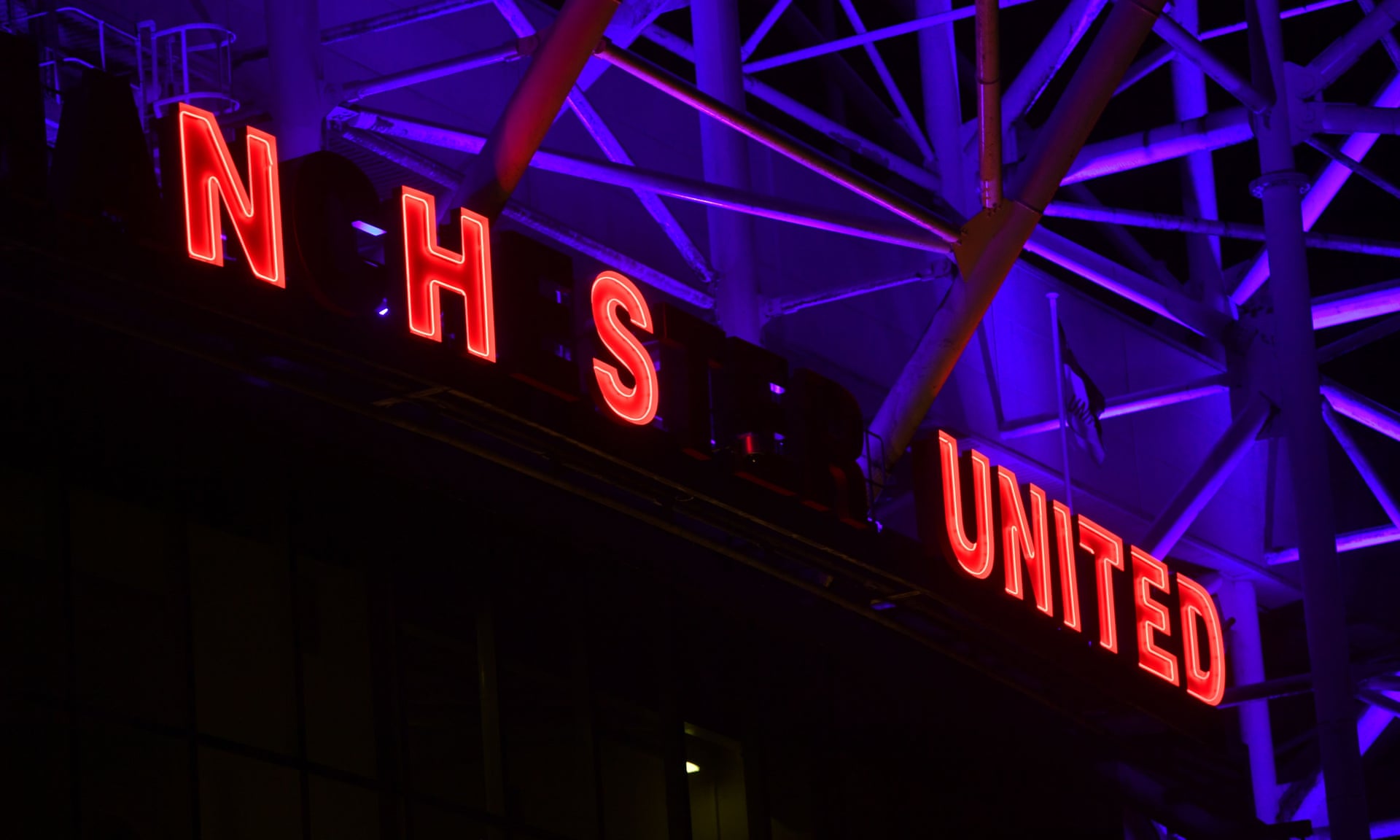Suedesi
Full Member
Depends on the type of work and family situation of each employee.Offices are far, far more productive than working from home in my experience.
I currently have 12 staff working from home. One is around 10% more productive working from home, one is around 10% less and the other 10 range between 20% and 70% their usual output despite having the workload available.
I've also tried to work from home myself and I get far more done including a 2 hour commute to go into the office (11 hours at home achieves less than 9 hours in the office).
If working from home was equally productive as well as being cheaper for the employer (an employer could pay staff less as they would have no commuting costs and more free time due to the lack of a commute); the biggest companies would already be taking advantage.
If my experience is anything like the country as a whole the best we can hope for is maybe 10% of people who can work from home being given the opportunity after this is all over (although the politics and legal aspect involved with allowing one person with an identical job title the opportunity but telling 3 others they can't would put me off).
I don't miss the commute or the random weekly travels to meet with clients when those things can be just as easily accomplished virtually.
If you know what you're doing and you've some latitude in your tasks, WFH is a boon. If you crave social interactions and/or need directions every 15 minutes WFH is impossible.





